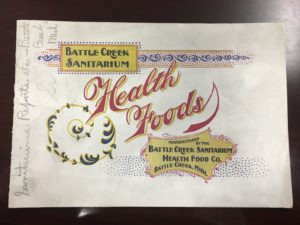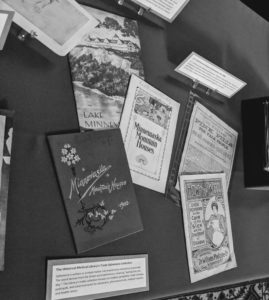– by Patrick Magee, Visitor Services/Gallery Associate
Welcome back to another issue of #MedievalMedicineMonday! On Mondays, Visitor Services/Gallery Associate Patrick Magee will be exploring the depths of medieval botanical medicine as depicted by woodcuts found in our early printed books. This week is a little different – although there is a theme of medical treatment changing over time present across all #MedievalMedicineMonday posts, for now the focus will be on a more recent time in history that perhaps just feels medieval to certain readers – the 1950s.



